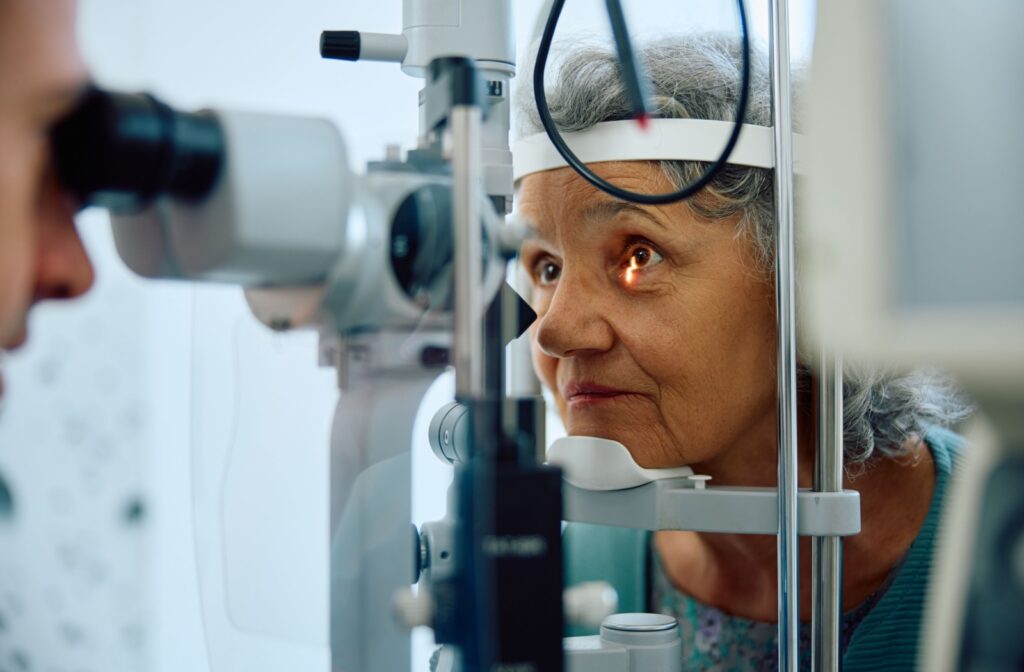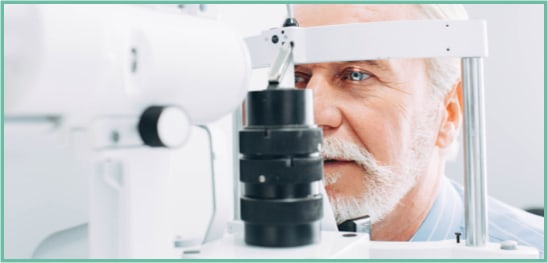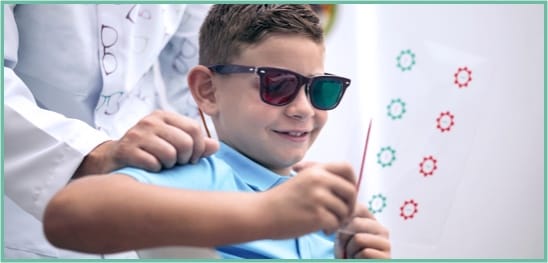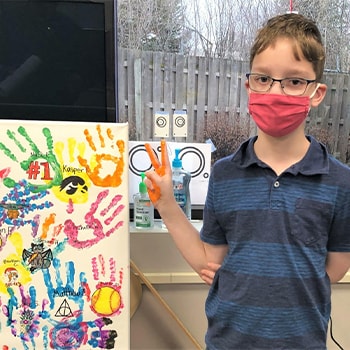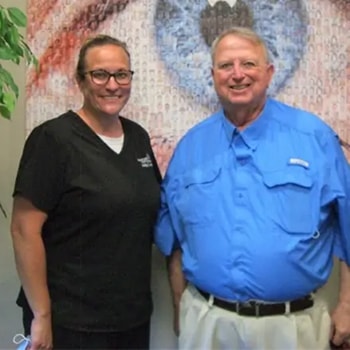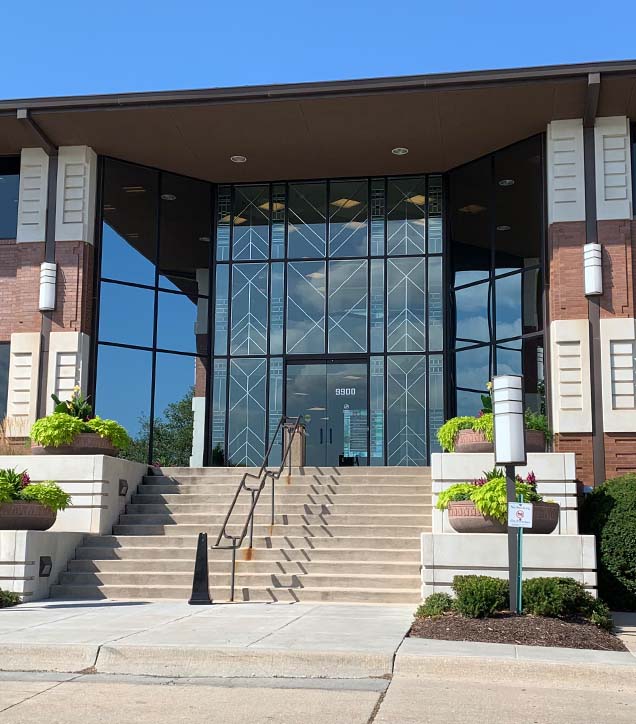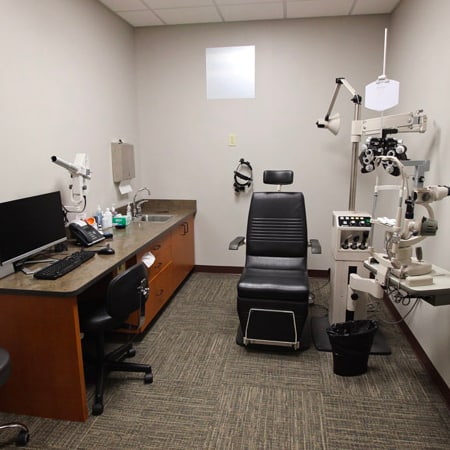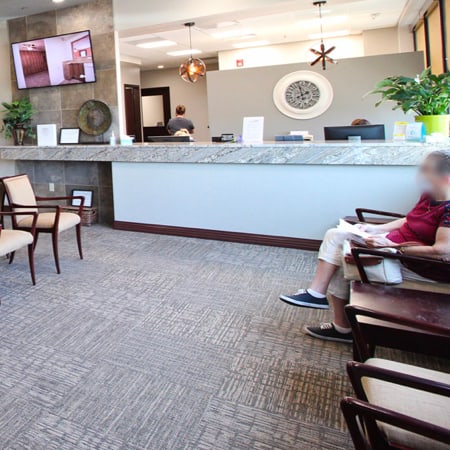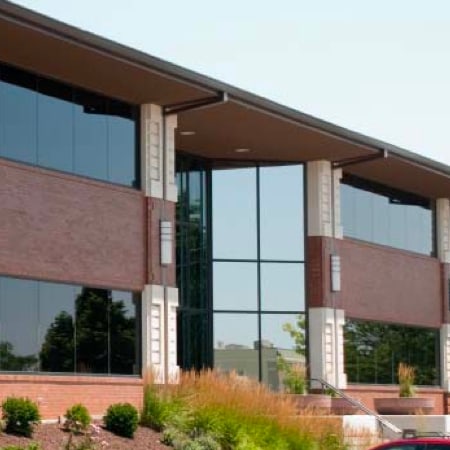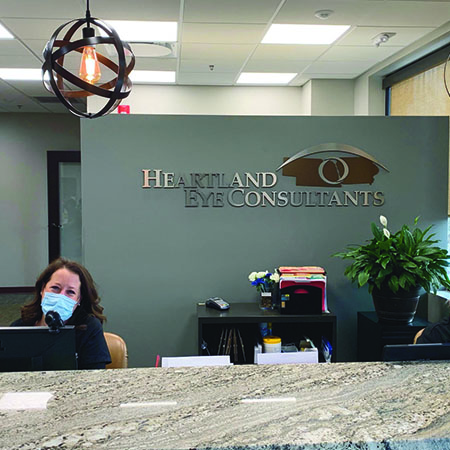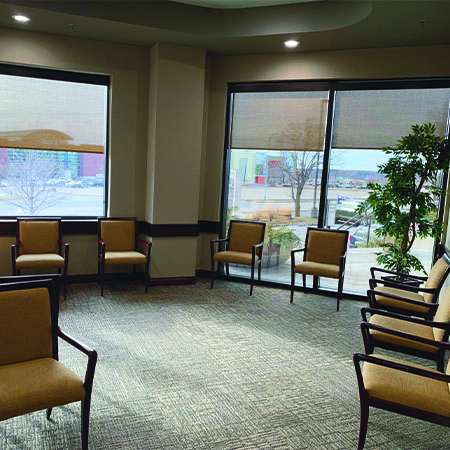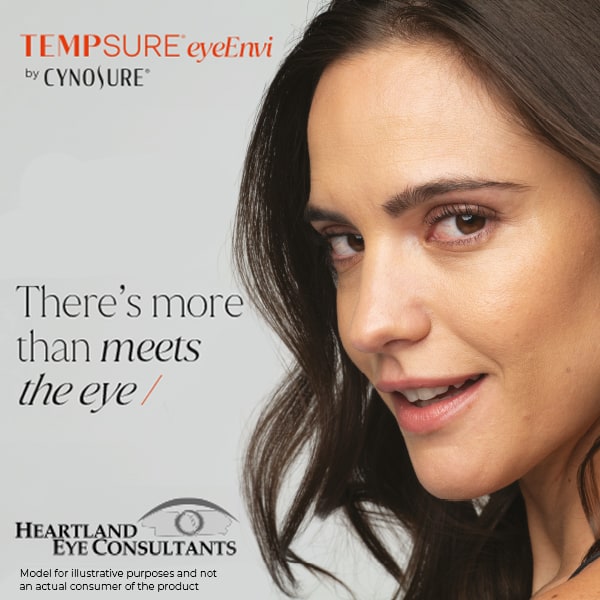Many people experience vision changes as they age, and 2 common causes are cataracts and glaucoma. While these conditions affect the eyes in different ways, both can lead to significant vision loss if left untreated.
Knowing what signs to look for can help you understand your eye health and recognize when something may be changing.
Cataracts typically cause blurry, cloudy vision and trouble with light glare. Glaucoma often leads to a slow, usually unnoticed loss of side vision that can progress to total blindness.
Learning how these symptoms typically appear can make it easier to understand your eye health and support timely conversations with your eye care provider.
What Are Cataracts?
Cataracts occur when the natural lens of your eye becomes cloudy, much like looking through a foggy window.
The clouding happens gradually as proteins in the lens break down and clump together over time. While aging is the most common cause, cataracts can also develop due to injury, certain medications, or underlying health conditions like diabetes.
The lens sits behind your iris and pupil, focusing light onto the retina at the back of your eye. When cataracts form, they interfere with this process, causing vision to become blurred or dim.
Cataracts Symptoms to Watch Out For
Cataract symptoms often develop slowly, making them easy to overlook in the early stages. As the condition progresses, these vision changes can become more noticeable and impact your daily life. Here are common signs to watch for:
- Needing brighter light for reading or close-up tasks
- Colors appear faded or less vibrant
- Blurred or cloudy vision that worsens over time
- Vision that feels like looking through a dirty or foggy window
- Increased sensitivity to light & glare, especially in bright sunlight
- Halos around lights, particularly noticeable while driving at night
- Double vision in one eye during the advanced stages
- Frequent changes in eyeglass prescriptions
- Temporary improvement in nearsightedness (known as “second sight”)
Recognizing these symptoms early can help you take proactive steps to protect your vision and discuss treatment options with your eye care provider.

What Is Glaucoma?
Glaucoma is often called the “silent thief of sight” because it typically progresses without obvious symptoms until significant vision loss has occurred.
It’s a group of eye diseases that damage the optic nerve, which carries visual information from your eye to your brain. The damage usually results from increased pressure within the eye, though normal-pressure glaucoma can also occur.
There are several types of glaucoma, but the most common forms are open-angle glaucoma and angle-closure glaucoma. Glaucoma symptoms can vary depending on the type of glaucoma, with some progressing slowly and others appearing suddenly.
Open-Angle Glaucoma Signs
Open-angle is the most common type of glaucoma, developing slowly over time as eye pressure gradually damages the optic nerve. Signs can include:
- Gradual loss of peripheral (side) vision
- Bumping into objects or missing things out of the corner of your eye
- Vision loss affecting both eyes, sometimes more advanced in one eye
Angle-Closure Glaucoma Signs
Angle-closure is a less common but more urgent type of glaucoma caused by the sudden blockage of fluid drainage in the eye, leading to a rapid rise in eye pressure. Signs and symptoms can include:
- Sudden intense eye discomfort
- Severe headache
- Nausea & vomiting
- Blurred vision
- Seeing halos around lights
Recognizing these symptoms and acting quickly, especially in cases of angle-closure glaucoma, is recommended to protect your long-term vision and health.
Risk Factors & Prevention
Understanding what increases your risk for cataracts and glaucoma can help you take simple, preventive steps or take action when necessary.
Cataracts Risks
Age is the primary risk factor for cataracts, with most people developing some degree of lens clouding in their later years. However, other factors can increase your risk, including prolonged UV exposure, smoking, diabetes, and certain medications like corticosteroids.
Glaucoma Risk Factors
Your risk of developing glaucoma increases with age, particularly after 60. Other risk factors include family history, being of African, Hispanic, or Asian descent, having high eye pressure, and certain medical conditions like diabetes and high blood pressure.
Protective Measures
While you can’t prevent all eye conditions, you can take steps to protect your vision. Wear UV-protective sunglasses, maintain a healthy diet rich in antioxidants, exercise regularly, and don’t smoke.
Don’t Wait For Symptoms, Get an Exam
Many people make the mistake of waiting until they notice vision problems before scheduling an eye exam. However, both cataracts and glaucoma can progress significantly before causing noticeable symptoms. Early detection and treatment are the first steps to preserving your vision and maintaining your quality of life.
Be Proactive: Book Your Eye Exam Today
Both cataracts and glaucoma are manageable conditions when caught early and treated appropriately. Staying proactive about your eye health through regular exams and being aware of potential symptoms is crucial for prevention. If you’re experiencing any vision changes or haven’t had an eye exam in the past year, now is the time to schedule an appointment. Contact Heartland Eye Consultants today to schedule your comprehensive eye exam and take the first step toward protecting your precious gift of sight.


